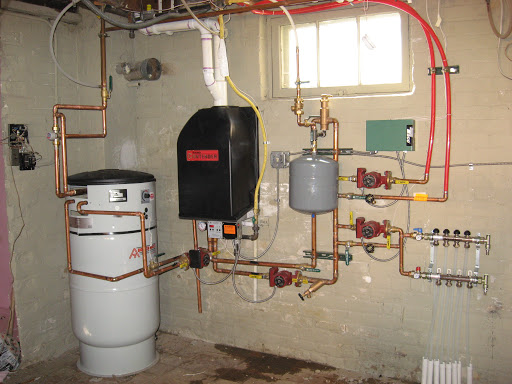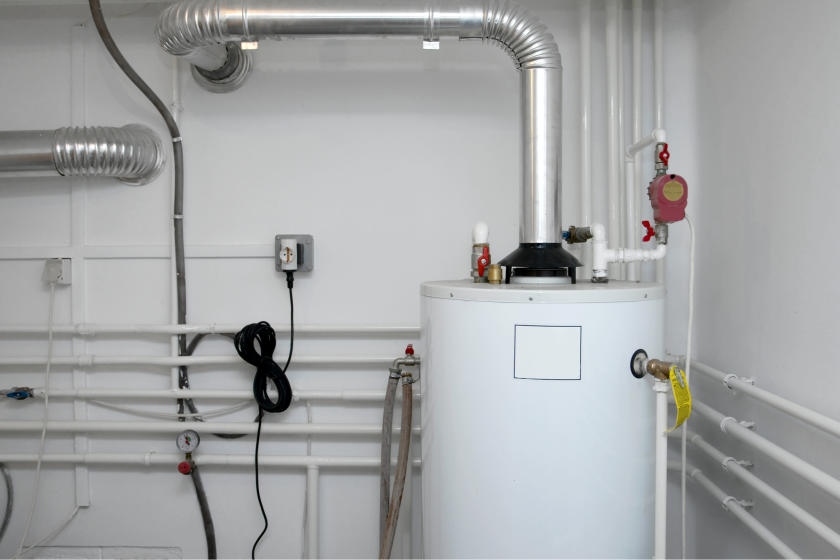Ways to Extend the Lifespan of Your Home's Hot Water System By Maintenance
Ways to Extend the Lifespan of Your Home's Hot Water System By Maintenance
Blog Article
This great article in the next paragraphs in relation to Water Heater Maintenance Tips You Can't Afford to Forget is rather engaging. Don't miss it.

Hot water is essential for day-to-day comfort, whether it's for a rejuvenating shower or cleaning dishes. To guarantee your hot water system runs efficiently and lasts longer, normal upkeep is essential. This post provides functional pointers and understandings on just how to keep your home's hot water system to prevent disruptions and expensive repair work.
Introduction
Preserving your home's warm water system might seem overwhelming, but with a few simple steps, you can guarantee it runs efficiently for several years to find. This overview covers everything from comprehending your hot water system to do it yourself maintenance pointers and recognizing when to call in professional assistance.
Relevance of Preserving Your Hot Water System
Normal maintenance not only prolongs the life-span of your hot water system yet also ensures it operates efficiently. Overlooking upkeep can bring about lowered performance, greater power expenses, and even premature failing of the system.
Indicators Your Warm Water System Requirements Maintenance
Understanding when your hot water system needs attention can protect against significant concerns. Watch out for signs such as irregular water temperature, unusual sounds from the heating unit, or corroded water.
Comprehending Your Hot Water System
Prior to diving right into maintenance jobs, it's valuable to understand the fundamental elements of your hot water system. Typically, this consists of the hot water heater itself, pipelines, anode rods, and temperature controls.
Regular Monthly Maintenance Tasks
Routine regular monthly checks can assist capture small concerns before they escalate.
Flushing the Hot Water Heater
Flushing your hot water heater gets rid of debris build-up, enhancing effectiveness and extending its life.
Monitoring and Changing Anode Rods
Anode rods stop deterioration inside the tank. Examining and replacing them when worn out is essential.
Evaluating and Adjusting Temperature Setups
Readjusting the temperature setups ensures optimal performance and safety and security.
Do It Yourself Tips for Maintenance
You can perform a number of maintenance tasks yourself to keep your warm water system in top problem.
Checking for Leakages
On a regular basis examine pipelines and connections for leaks, as these can cause water damages and higher expenses.
Testing Pressure Relief Valves
Examining the stress safety valve guarantees it operates appropriately and protects against too much stress build-up.
Shielding Pipelines
Protecting hot water pipes reduces heat loss and can save power.
When to Call a Specialist
While do it yourself upkeep is advantageous, some problems need expert experience.
Complex Issues Needing Specialist Aid
Instances consist of significant leakages, electrical issues, or if your hot water heater is continually underperforming.
Routine Professional Maintenance Benefits
Expert maintenance can include thorough assessments, tune-ups, and making sure compliance with safety and security requirements.
Final thought
Normal upkeep of your home's hot water system is essential for performance, durability, and expense savings. By adhering to these ideas and recognizing when to seek professional aid, you can ensure a reputable supply of warm water without unforeseen disruptions.
How to Maintain an Instant Hot Water Heater
Before tinkering with your hot water heater, make sure that it’s not powered on. You also have to turn off the main circuit breaker and shut off the main gas line to prevent accidents. Also turn off the water valves connected to your unit to prevent water from flowing into and out of the appliance. 2. When you’re done, you have to detach the purge valves’ caps. These look like the letter “T†and are situated on either side of the water valves. Doing so will release any pressure that has accumulated inside the valves while at the same time avoid hot water from shooting out and burning your skin. 3. When the purge valves’ caps are removed, you have to connect your hosing lines to the valves. Your unit should have come with three hoses but if it didn’t, you can purchase these things from any hardware or home repair shops. You can also get them from retail stores that sell water heating systems. Read the user’s manual and follow it to complete this task properly. When the hosing lines are connected, open the purge port’s valves. 4. You should never use harsh chemical cleaners or solutions when cleaning your unit. Make use of white vinegar instead. It should be undiluted and you’ll probably use about 2 gallons. 5. Now flush your water heater. This task should probably take about 40 minutes. We can’t give you specific directions for this because the procedure is carried out depending on the type, model and brand of your heater. With that being said, refer to the user’s manual. 6. When you’re done draining the unit, you have to turn off the purge port valves again. Remove the hosing lines that you earlier installed on each of the water valves. Put the valve caps (purge port) back in their respective places and be very careful so as not to damage the rubber discs that are found inside these caps. 7. Now that everything’s back in place, check your user’s manual again to find out how to reactivate your water heating system. 8. Once it is working, turn one of your hot water faucets on just to let air pass through the heater’s water supply pipes. Leave the tap on until water flows smoothly out of it. https://www.orrplumbing.com/blog/2014/september/how-to-maintain-an-instant-hot-water-heater/

I ran across that post on Water Heater Maintenance Tips You Can't Afford to Forget while scouting around the web. Do you know about another individual who is occupied with the subject? Be sure promote it. Thank-you for taking the time to read it.
Free Estimate Report this page